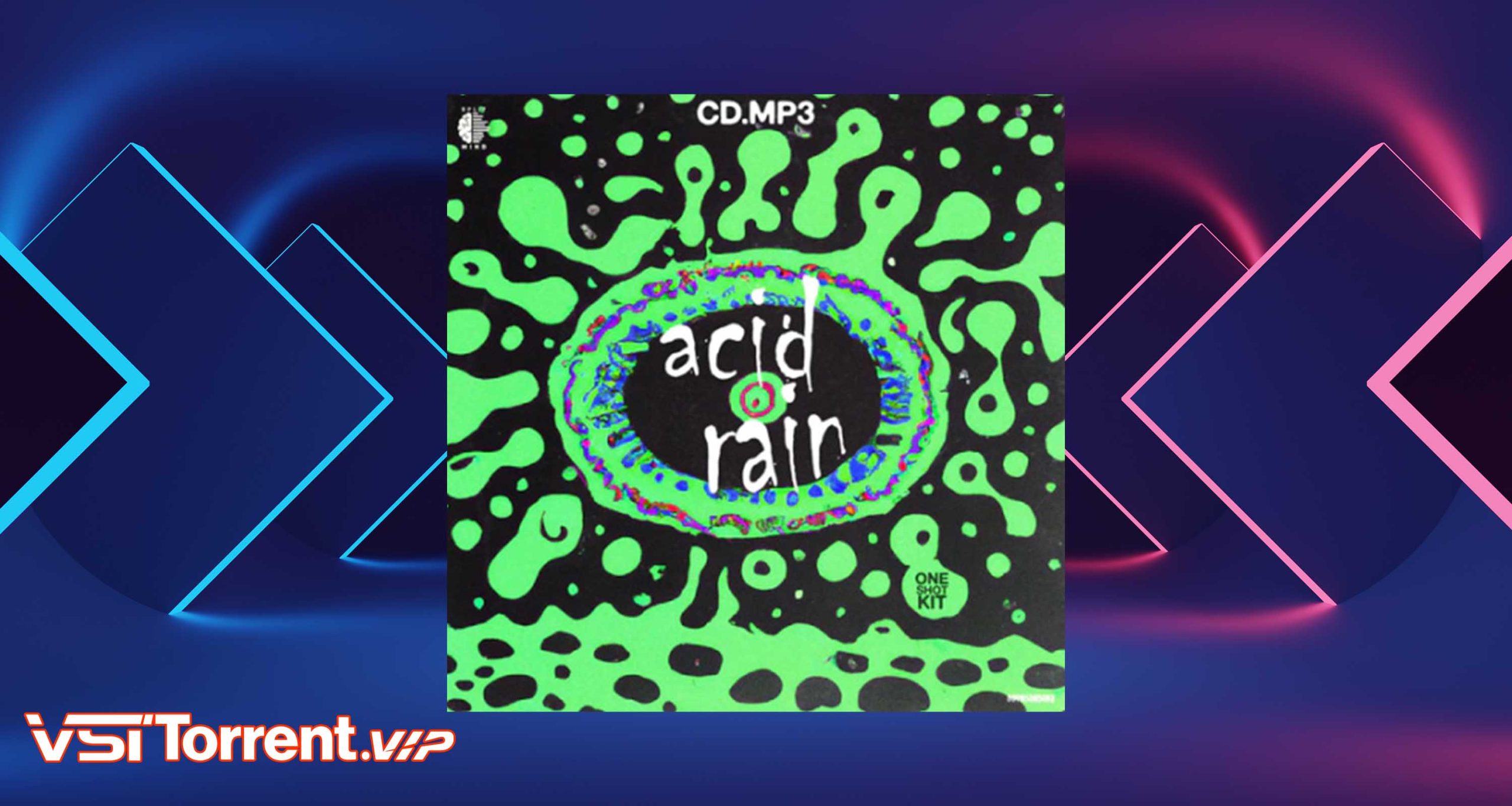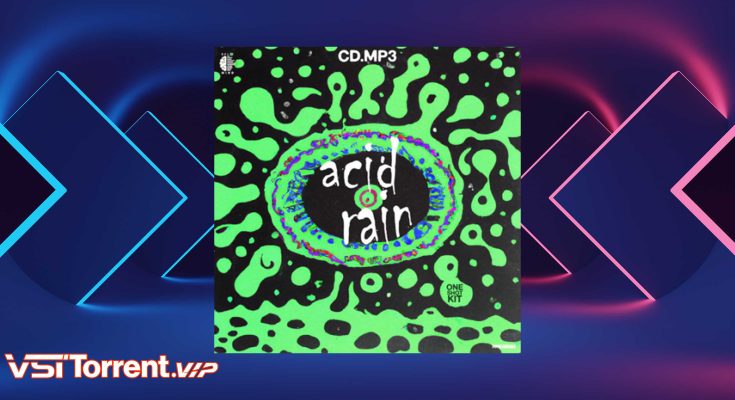CD.MP3 Acid Rain (WAV)
Introduction
In the digital age, the way we consume music has undergone a remarkable evolution, from the era of CDs to the era of digital formats like MP3 and WAV. However, amidst this transformation, the environmental footprint of our music consumption remains a pertinent concern. This article delves into the environmental impact of three prevalent music formats – CD, MP3, and WAV – and their contribution to acid rain, a phenomenon with far-reaching consequences for ecosystems worldwide.

Understanding CD Format
Compact Discs (CDs) revolutionized the music industry upon their introduction in the 1980s. However, their production process entails the use of non-renewable resources such as polycarbonate plastics and aluminum. These materials, along with the energy-intensive manufacturing process, contribute to significant carbon emissions and environmental degradation. Consequently, CD production plays a role in the generation of acid rain, further exacerbating its environmental impact.
Delving into MP3 Format
The advent of digital music formats, notably MP3, marked a shift towards convenience and accessibility. Yet, the environmental implications of digital music distribution are often overlooked. While MP3 files eliminate the need for physical production and distribution, they necessitate vast data centers and servers to store and transmit music files. The energy consumption associated with these digital infrastructures, coupled with the carbon emissions from electricity generation, contributes to acid rain and environmental degradation.
Examining WAV Format
WAV format, known for its uncompressed audio quality, offers an alternative to the compression techniques utilized in MP3 files. However, this uncompressed nature results in larger file sizes, necessitating more significant storage space and energy consumption. As a result, the environmental footprint of WAV format, though distinct from CD and MP3, also contributes to acid rain through its energy-intensive storage and transmission requirements.
Comparing Environmental Footprints
A comparative analysis reveals the varying environmental footprints of CD, MP3, and WAV formats. While CD production relies on resource-intensive manufacturing processes, digital formats like MP3 and WAV contribute to acid rain through energy consumption and carbon emissions associated with digital infrastructure. Understanding these differences is crucial for devising strategies to mitigate the environmental impact of music consumption.
Future Perspectives and Recommendations
As we look towards the future, sustainable music consumption emerges as a critical imperative. Individuals can opt for eco-friendly alternatives such as streaming services powered by renewable energy. Music industry stakeholders can prioritize eco-conscious practices throughout the production and distribution chain. Policymakers can incentivize the adoption of sustainable technologies and practices within the music industry. By collectively embracing sustainable solutions, we can mitigate the environmental impact of music consumption and safeguard ecosystems against the threat of acid rain.
Conclusion
In the symphony of environmental challenges, the contribution of music formats to acid rain warrants attention. Whether in the form of CDs, MP3s, or WAV files, our choices reverberate through ecosystems, shaping the harmony of our planet. By fostering awareness, advocating for sustainable practices, and embracing innovation, we can harmonize our music consumption with environmental stewardship, ensuring a brighter, cleaner future for generations to come.






